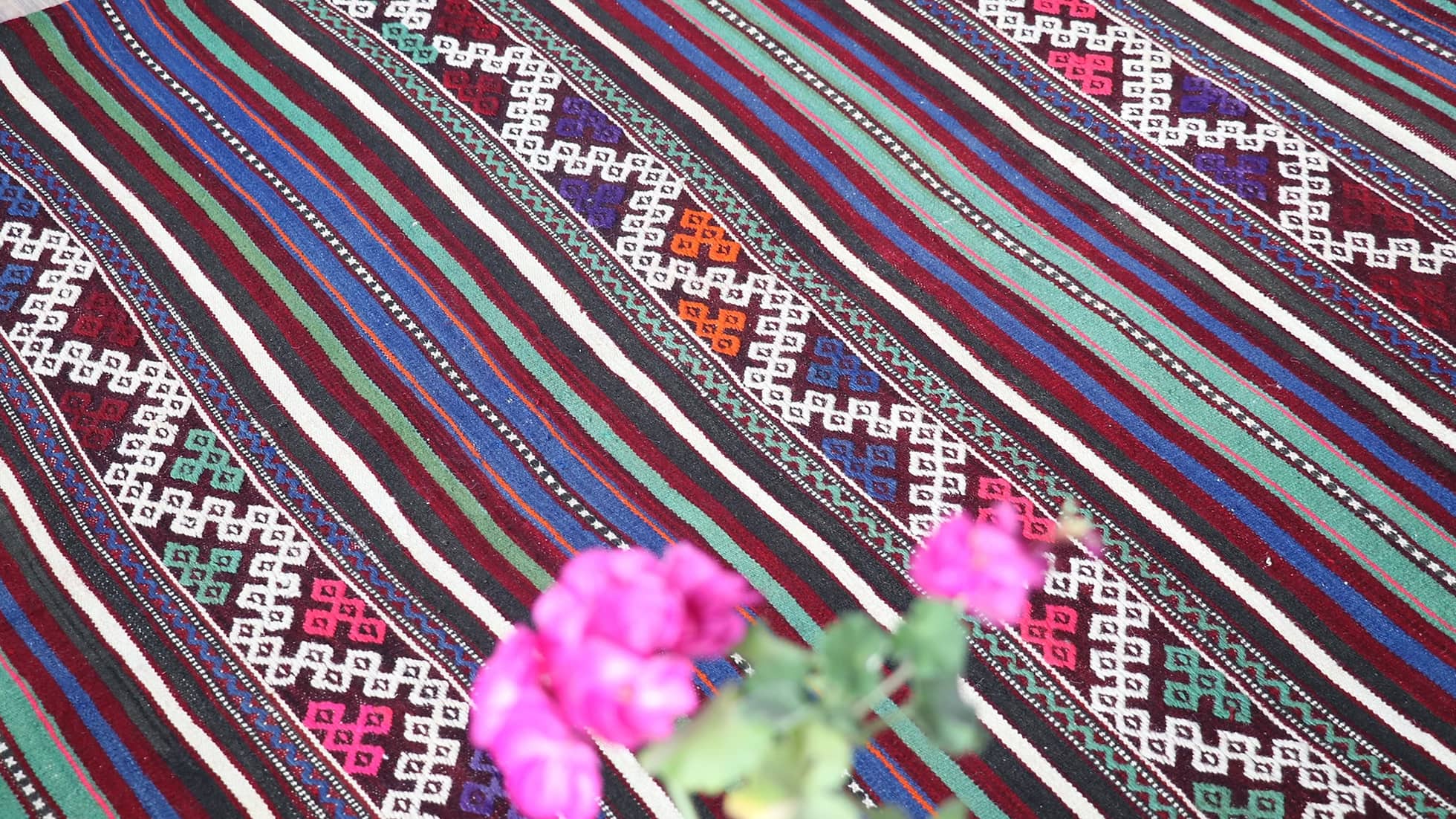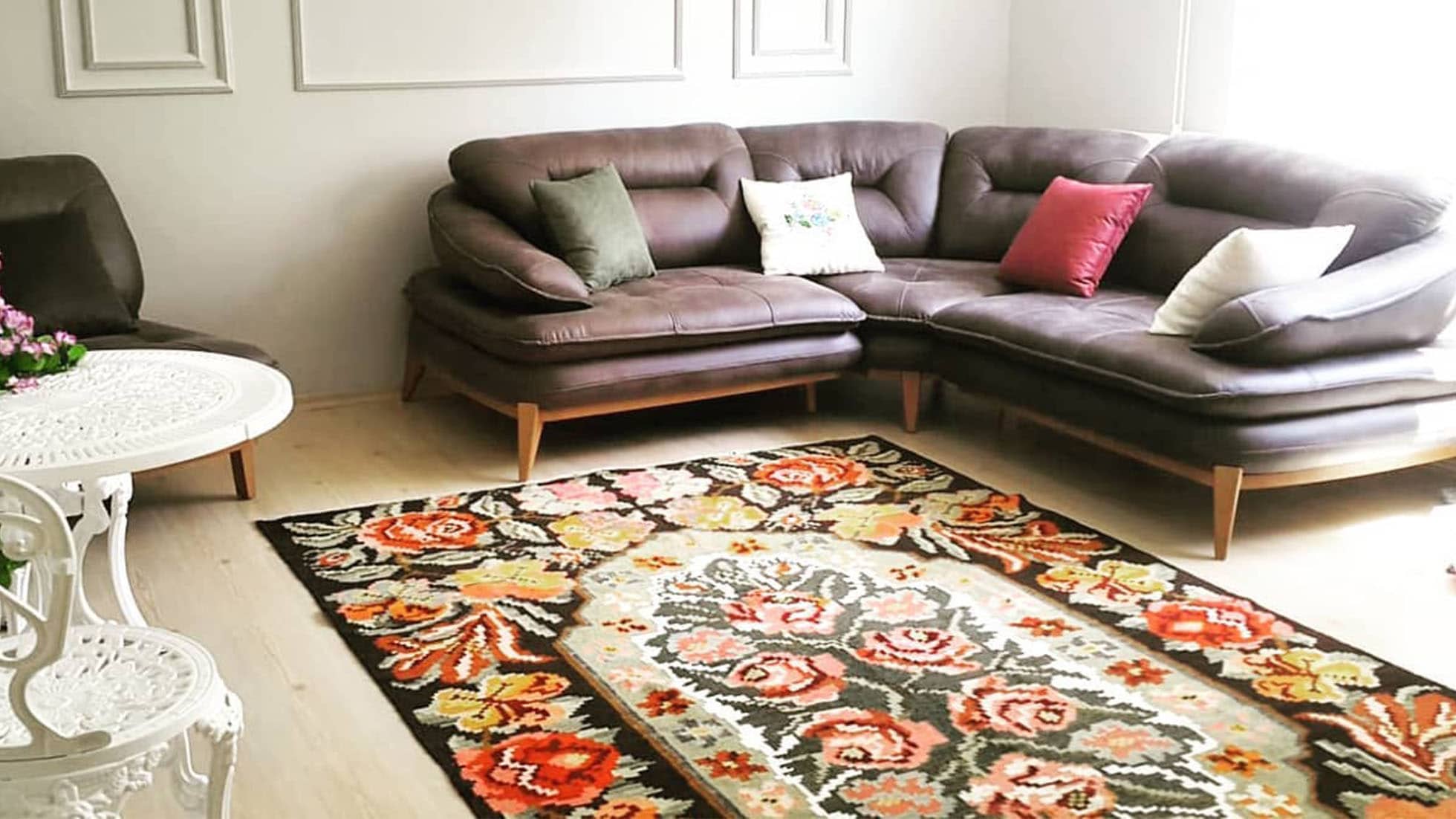
The Rise of Artisanal Interiors—Why Handmade Pieces Will Define 2025 Design
In 2025, the world of interior design is embracing a profound shift. As we move further away from the impersonal sterility of mass-produced decor, a renaissance of artisanal craftsmanship is emerging. Homeowners, designers, and collectors alike are recognizing the value of pieces that tell a story—items imbued with heritage, individuality, and the human touch. This movement is more than a trend; it is a celebration of authenticity, culture, and sustainability in our living spaces.
The Allure of Handmade Craftsmanship
Handmade artisanal pieces have an undeniable appeal. Unlike mass-produced items that are uniform and disconnected, artisan creations reflect the soul of their maker. They carry imperfections that make them one-of-a-kind, embodying the beauty of imperfection that resonates also with the Japanese concept of wabi-sabi.
Whether it's a handwoven kilim rug, a piece of hand-thrown pottery, or a bespoke piece of furniture crafted from reclaimed wood, these items transcend mere functionality. They evoke a sense of warmth, history, and cultural identity, transforming spaces into curated expressions of individuality.
A Celebration of Culture and Heritage
Artisanal design invites us to explore the world through our interiors. In 2025, pieces that reflect the traditions and craftsmanship of different cultures will take center stage. For example, hand-knotted rugs and handwoven kilims from Turkey, intricate ceramics from Japan, or hand-carved furniture from Morocco offer a tangible connection to the stories, techniques, and history of the communities that create them.
Supporting artisans also has a humanitarian impact. By choosing handmade items, you contribute to the preservation of cultural heritage and provide fair wages to craftspeople whose skills have often been overshadowed by industrialized production. These objects aren't just decor; they are investments in global heritage.
Why Mass-Produced Is Falling Out of Favor
The demand for mass-produced furniture and decor has reached its peak, and many are beginning to feel the emotional emptiness of spaces filled with items that lack character. As sustainability becomes a key value, consumers are turning away from the throwaway culture fostered by fast furniture. Mass production, with its environmental toll and ethical concerns, is increasingly at odds with the values of conscious consumers.
Artisanal pieces, on the other hand, embody sustainability and intentionality. These objects are often created using traditional techniques that prioritize quality over quantity, ensuring they stand the test of time. Rather than replacing items every season, homeowners are now curating meaningful collections that grow with them.
Designing Spaces with Meaning
Incorporating artisanal pieces into your home is about more than aesthetics—it's about designing a space that feels personal and purposeful. Here are some ways to embrace this movement in your interiors:
-
Invest in Statement Pieces: Select anchor items, such as an antique handwoven kilim rug or a custom ceramic vase, that define the room's narrative. These hero pieces add depth and serve as focal points in your overall design composition.
-
Layer Textures and Materials: Combine hand-knotted Turkish rugs with natural wood furniture, soft linen drapery, and aged metals. The interplay of organic textures creates a tactile and dynamic environment, adding dimension and character to the space.
-
Support Local and Global Artisans: Source unique decor from both local craftspeople and international makers. This thoughtful layering of regional craftsmanship introduces a global design sensibility and creates a harmonious mix of influences.
-
Embrace Imperfections: Incorporate items with subtle variations, such as uneven glazes on pottery or asymmetrical weaves in textiles. These design elements enhance authenticity and provide visual interest within a curated space.
The Emotional Connection
A home filled with artisanal pieces feels different—it's not just visually stunning but also emotionally rich. These items bring with them a sense of history, purpose, and intentionality, fostering a deeper connection to our surroundings. In a world dominated by fleeting trends, they offer an enduring sense of grounding and belonging.
Looking Ahead
As we step into 2025, the shift toward handmade, artisanal interiors reflects broader cultural changes. People are seeking authenticity, sustainability, and individuality in every aspect of their lives. By choosing pieces with stories to tell, we not only elevate our interiors but also honor the craftsmanship and heritage that make our world more beautiful.
As we embrace this shift toward artisanal craftsmanship in 2025, consider incorporating pieces that not only elevate your space but also tell a story. At Kilim Couture New York, our collection of antique and vintage hand-knotted rugs, handwoven kilims, and mid-century kilim decor embodies the rich heritage and artistry of Turkish craftsmanship, offering timeless pieces that add depth, character, and authenticity to any home.
The future of design is human. Let's celebrate the makers, the materials, and the magic of artisanry—creating homes that are as unique as the lives we live within them.




Leave a comment
This site is protected by hCaptcha and the hCaptcha Privacy Policy and Terms of Service apply.